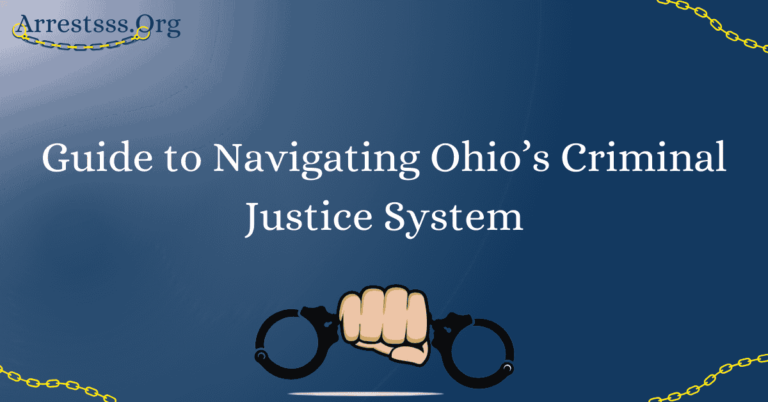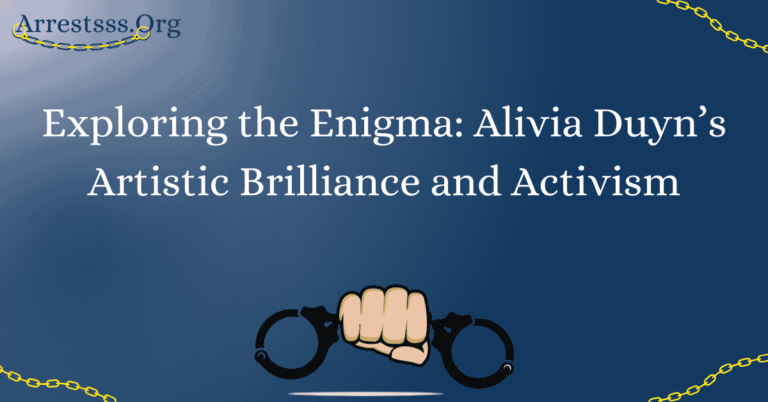History, Controversies, and Laws of Mug Shots

Mugshots have been a fixture in our society for well over a century, serving as essential tools for law enforcement and sources of intrigue for the public. These photographs capture individuals at moments of interaction with the criminal justice system, but they also carry broader significance. In this article, we’ll take an in-depth journey into the realm of mug shots, aiming to provide you with a comprehensive understanding of their historical context, evolving roles, and the ethical and legal debates that surround them.
The Evolution of Mug Shots
Mug shots, initially conceived as practical aids for law enforcement, have undergone significant changes over the years. These images began as simple, black-and-white photographs, offering limited information. Today, advancements in digital technology have revolutionized their appearance and accessibility. With the introduction of digital photography and extensive databases, mug shots are now readily accessible to law enforcement agencies worldwide, facilitating quicker identification and apprehension of suspects.
Mug Shots in Criminal Investigations
The primary function of mug shots remains the identification of individuals. However, their role has expanded to include aiding in criminal investigations. These photographs are instrumental in connecting individuals to specific crimes and accumulating evidence. Furthermore, mug shots serve as visual records of an individual’s criminal history, assisting authorities in tracking repeat offenders and identifying patterns of criminal behavior.
The Controversy Surrounding Mug Shots
Despite their importance in law enforcement, mug shots are not without controversy. In recent years, concerns about privacy, ethics, and their impact on individuals’ lives have grown significantly. This article delves into the ethical dilemmas surrounding the public release of mug shots and their potential consequences on individuals’ reputations and employability.
Understanding the Impact of Mug Shots
For those who find themselves on the wrong side of the law, the consequences of having their mug shots publicly accessible can be far-reaching. From discrimination in employment to personal humiliation, the implications are severe. We explore these repercussions and consider the ethical questions that arise concerning the distribution and publication of mug shots.
The Legal Framework Governing Mug Shots
The use and dissemination of mug shots are subject to various laws and regulations. This article provides an overview of the legal framework surrounding mug shots, including the Freedom of Information Act (FOIA). We also discuss ongoing legal battles aimed at striking a balance between transparency and individual privacy rights.
FAQ’s
What is a mug shot, and why are they taken?
A mug shot is a standardized photographic portrait typically taken by law enforcement agencies when an individual is arrested or detained. They serve several purposes, including establishing a visual record of the person’s appearance at the time of the arrest, aiding in the identification of suspects, and creating a record of the individual’s criminal history.
Are there controversies surrounding the use of mug shots?
Yes, there are controversies surrounding the use of mug shots. One major concern is the potential for misuse or public shaming when these images are released to the media or posted online before a person is proven guilty in a court of law. Additionally, issues related to privacy and the long-term consequences of having one’s mug shot publicized have sparked debates about the ethics of their release.
Can mug shots be used for commercial purposes without consent?
In many jurisdictions, it is generally legal to use publicly available mug shots for commercial purposes, such as in newspapers or on websites that compile arrest records. However, some states and countries have enacted laws to restrict the commercial use of mug shots, particularly if the individual was not convicted of the crime. The specific rules vary by location, so it’s important to research the laws in your area.
Are there historical examples of famous mug shots?
Yes, there are several historical examples of famous mug shots. Notable figures like Frank Sinatra, Marilyn Monroe, and Martin Luther King Jr. have had their mug shots taken in the past. These images often become iconic and are sometimes used in popular culture or as symbols of resilience and activism.
How have laws regarding mug shots evolved?
Laws regarding mug shots have evolved in response to changing societal norms and concerns about privacy and civil rights. Some jurisdictions have introduced legislation to limit the public release of mug shots, especially if the individual is not convicted. Others have enacted laws to make it easier for individuals to have their mug shots removed from public view online. These changes reflect a growing awareness of the potential harm that publicizing these images can cause to individuals who may later be found innocent.







